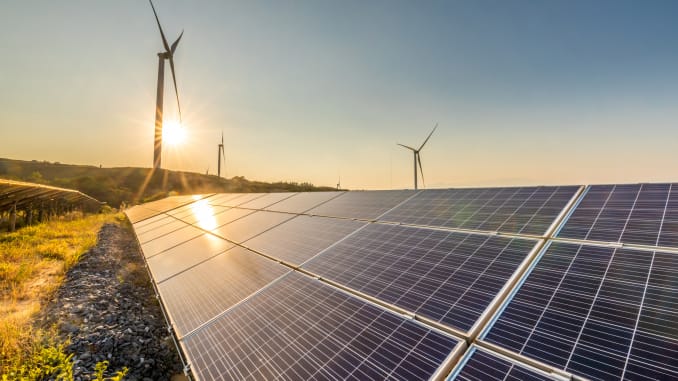India added 715 MW and 328 MW of utility scale solar and wind capacity respectively in the quarter ended March, marking the weakest sequential growth in two years. For fiscal 2019-20, utility scale capacity addition was 7,408 MW, 34 per cent below the high of two years ago and well below the government target, according to renewables market research firm and consultancy Bridge to India. There are 37 GW of solar and wind projects in the pipeline, of which 34 GW is due for completion in the next two years.
According to the firm’s forecast, only 24 GW will be added in this period in view of the various operational and financing challenges, such as a bleak power demand outlook, offtake concerns, challenges in tying up land and transmission connectivity, debt financing and rupee depreciation affecting prices of imported solar modules and cells.
India’s progress in capacity addition will remain subdued during April-September because of the lockdown to curb the spread of covid-19, according to the firm’s forecast. “Project construction activities were allowed to commence from 20 April, 2020, onwards but a further 2-3 months are expected to be lost in remobilisation effort and resolving shipment blockages; there may be further hold-ups depending on government approvals, or reopening of PPAs in case of open access projects,” the consultancy said in a research note. Faced with sharp demand slowdown and deteriorating financial condition, power distribution companies are reluctant to sign long-term PPAs and commit to long-term purchases and the government may even struggle to find buyers for the recently completed auctions, it added.



